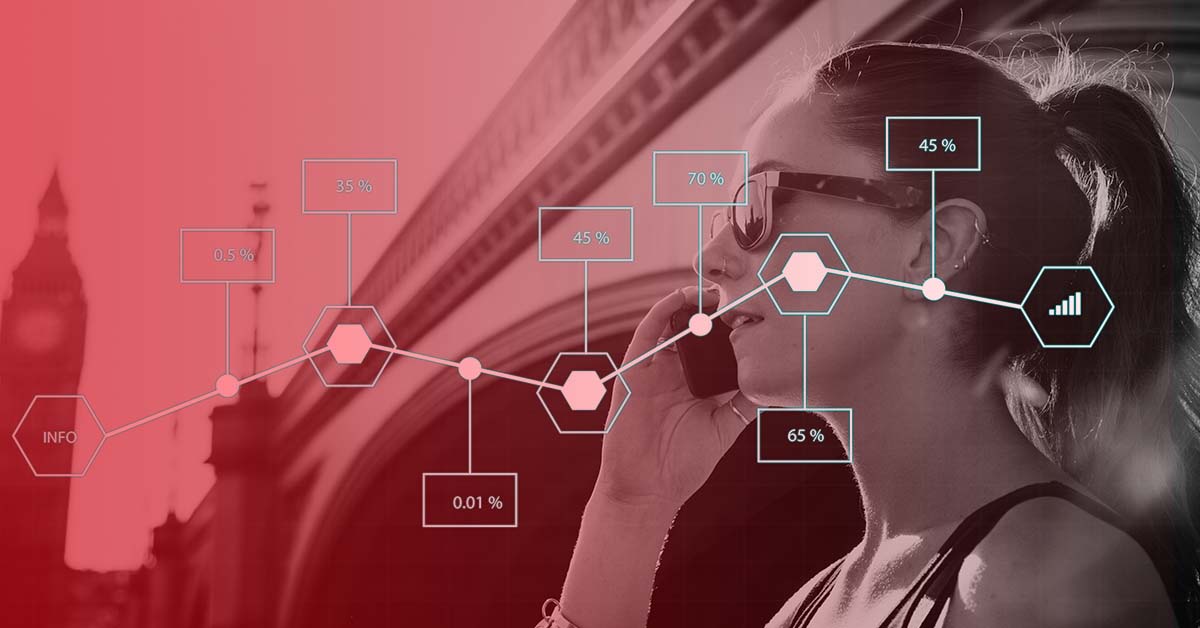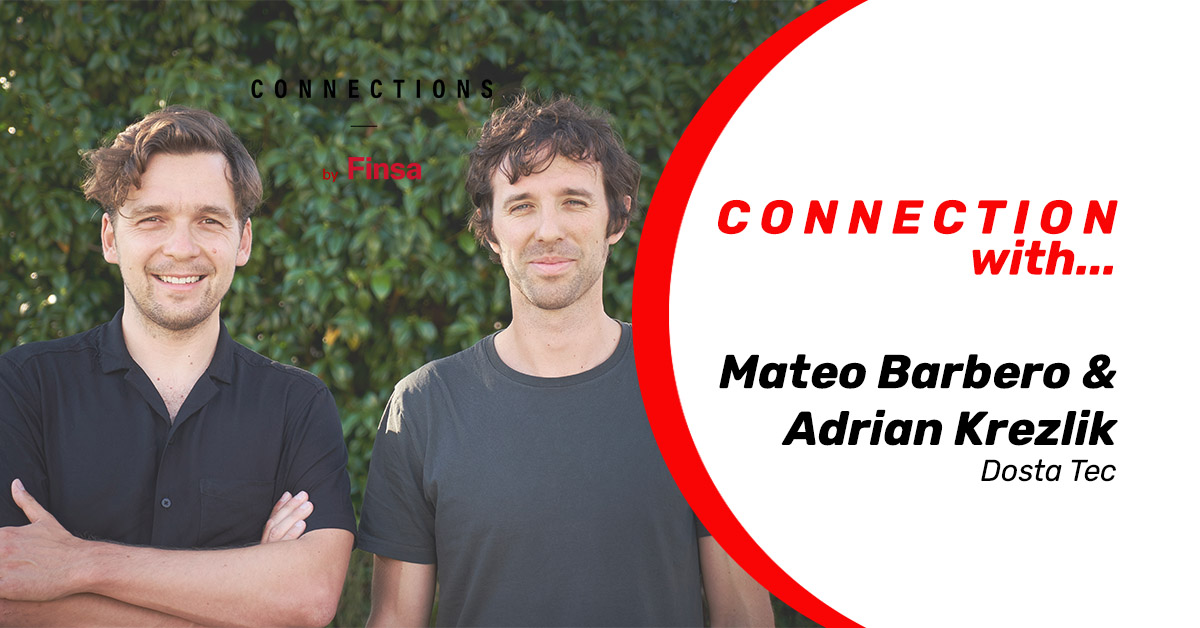The use of technology like big data, machine learning, and artificial intelligence makes contact between businesses and consumers easier and offers products and services that closely match the customer’s preferences.
Streaming services know what your next favourite series will be, electronics stores choose products that are compatible with and necessary for your purchase…It’s not a coincidence. It’s all about the application of a series of algorithms and technology that study our buying behaviour and our internet browsing habits to offer us something that matches our preferences. Big data knows you better than anybody.
Think about it. If you would trust the recommendations of the person who runs a local business in your neighbourhood, why would you not trust the companies who are guided by your buying and browsing habits? According to this study from the US, 59% of people that have experienced this type of personalization believe it influences their decision to buy.
Companies that know how to manage the clues found in data won’t offer you the biggest sellers, but rather what is the best match for you, because they know your favourite colour and the way you like to dress from your buying history and the products you frequently look at.
This personalization is not just for online business. Retailer Nordstrom was a pioneer among bricks and mortar stores with the installation of sensors in their stores which detect patterns of interest. For example, they picked up on where people stopped to look, where people were headed and where they spent less time. The sensors compiled all of this data for the purpose of improving the experience for its customers and offering products in the best way possible.

The key to big data is knowing how to monetize the ocean of data that comes out of browsing habits and capturing leads (e.g. the information gathered through questionnaires). Entrepreneur and creator of Tesla Elon Musk says that “big data changes relationship models between companies and consumers” and confirmed that those who buy a Tesla are the owners of the car but not of the data that the car collects. This data is used by Musk’s company to continue innovating and making improvements and perhaps to branch out into new lines of business.
Big data and privacy
It seems to be a win-win arrangement between buyers and companies, right? The data we voluntarily provide in our daily digital lives is sent to them via applications with geolocation (and that way you show how much you like to travel), the use of sport gadgets (you’re going to need clothes and accessories for all those training sessions) or our Black Mirror marathon (you will probably like other science fiction series in their catalogue too…).
Everything we have told you so far about big data is great, but there is a tiny pitfall related to privacy and the use of data, and the Cambridge Analytica scandals and others like it have left a stain of constant concern surrounding privacy and the handing over of our data, however innocent it might all seem to begin with.

Don’t be frightened. Apps like Have I been pwned help us find out if our email account has suffered a security breach through on third-party sites. Regulations around privacy and the use of data are protecting digital consumers more and more, and instances of mishandling and misuse of our information now require more transparency. However, we recommend that you always read the terms and conditions when you hand your data over to companies and apps. Remember that if they aren’t charging you any money for an app or a digital service, you will always be paying with your data. The currency is you.
What are the stages of big data?
- Collection of data: this can happen through cookies that are installed without consent while browsing certain sites or filling out questionnaires and online forms.
- Transformation: all those hits (digital fingerprints) are translated into clean and organised data that are prepared to be processed and analysed according to the criteria of business intelligence, taking advantage of the most useful data to use for the business model (e.g. “this person has looked at lots of red clothes”).
- Algorithm modelling: thanks to automatization, a strategy is chosen depending on the desired objective for his data (e.g. “we are going to send a personalised newsletter with combinations of different red clothes”).
- Analysis: to measure the success of these actions, we must check if the hypersegmentation has resulted in a sale or in the conversion we were looking for (e.g. downloading an app, a visit to the store etc.).
Big Data: more than sales
As consulting firm Accenture explains, the goal is to determine what dominates the “client’s genome”: a living, breathing profile of the preferences, tastes, and needs of the client used to design tailor-made experiences and offers. And those tastes and preferences move and evolve with time: we don’t want the same things at 50 that we did at 30, for example.
The creation of tailor-made products and services by using big data goes beyond selling things. What are its other possible applications?
- Predictive medicine: to detect epidemics through parameters across different (anonymous) hospital records; or the case of sport watches that monitor cardiac activity and warn medical professionals when a significant change is registered.
- Security: in the banking world, warnings about possible fraud are automated. For example, messages that banks send when they identify that money has been withdraw from an ATM outside of your city.
- Automatic consultants: something else related to banking is the algorithms that, thanks to the use of artificial intelligence, manage investment funds.
- Virtual assistants: on homepages, such as that of the Spanish railway network Renfe, you will have come across a virtual help service which allows you to clear up common doubts. This type of application is customized via machine learning, which allows them to incorporate new questions and answers.




